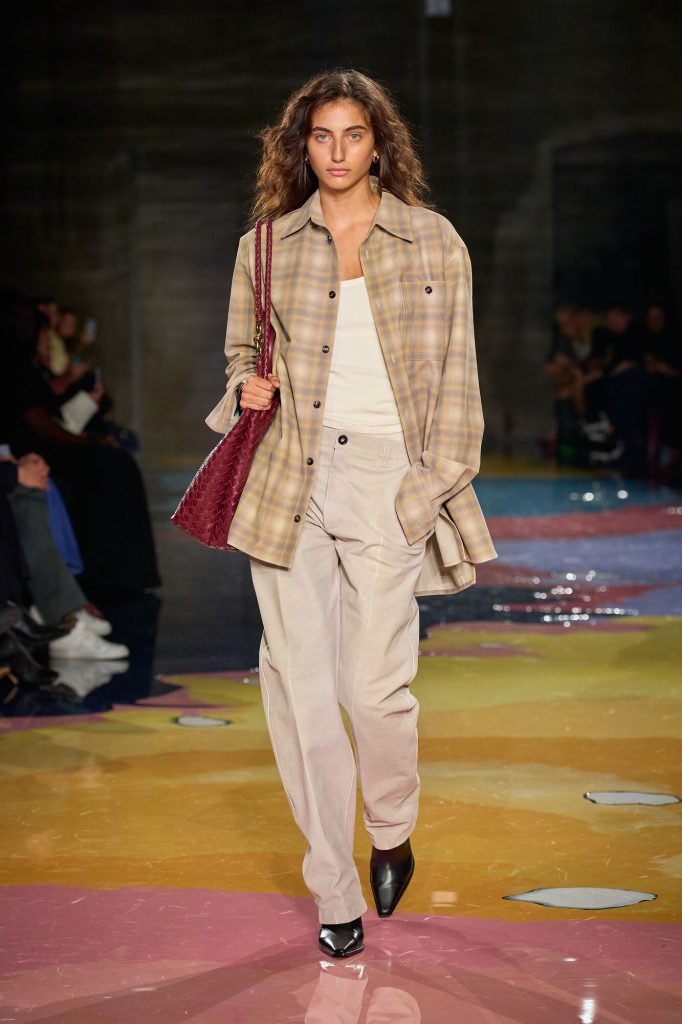Yes, this is another quiet luxury breakdown.
By now, you may have already come across the term “quiet luxury” and are thinking: Oh no, not another classist and elitist write-up. It’s not.
First off, as the name suggests, quiet luxury is all about being subtle with your sartorial choices. Undeniably, the obsession with stealth wealth fashion is deeply rooted in obsolete social pedigrees and class-based privileges. Tom Wambsgans’s scathing comment in Succession, referring to Bridget’s Burberry tote bag as “ludicrously capacious” is a prime example of how a visible and unmistakable logo can be a faux pas among the well-heeled.

“Luxury” itself is and should be subjective. Luxury can be a lunch treat to some, but a trip to Lake Como for some. Inevitably, “luxury” in the fashion lexicon is highly associated with an eye-watering price tag, yet at the same time, the quality of the garments and the feel-good element. It’s akin to willingly spending more on “clean food” to feel healthy.
What is “quiet luxury” anyway? Take away the logos and wear the basics—just like Steve Jobs and Mark Zuckerberg. While Jobs’ iconic black turtleneck is specially designed by renowned designer Issey Miyake, Zuckerberg’s grey shirts are custom-made by Brunello Cucinelli.
Aesthetically, quiet luxury has the same minimalistic appeal we’ve seen in the 2010s, or the “normcore” where we donned simple and plain clothes, except this time it’s more elevated in quality. The keywords: discreet, unpretentious, iykyk. Take Cher’s red, “you don’t understand, this is an Alaia!” dress in Clueless, for example.
Why Now?
It’s no novelty. “Tennis core”, “coastal grandmother” and “old money” were some of the previous trends that share similar roots to quiet luxury. All these styles feature more polished wardrobe selections and reflect a desired lifestyle which has gradually replaced street style on social media, especially on TikTok. Crisp linen shirts or Ralph Polo shirts are the archetypal sartorial subtlety for rich successful people who spent heaps of money on leisure activities. While not all the uber rich dress exactly the same, it’s the idea the masses get thanks to all the media references.
day five pic.twitter.com/ETVwMyV1vN
— gwyneth paltrow fan account (@paltrowart) March 30, 2023
Pop culture has always been one of the major forces that set fashion trends. The Gossip Girl reboot, Spencer inspired by Princess Diana’s life, rumours about the Kardashian clan being removed from the next Met Gala guest list, or the recent talks of the town, HBO’s last season of Succession, just to name a few. Gwyneth Paltrow’s courtroom fashion for the ski crash trials, too, has definitely spiked the interest in quiet luxury, circling consumers back to timeless and covert pieces.
Price tag aside, quiet luxury also highlights materials that are of quality—cashmere over polyester, for instance. While fast fashion e-tailers like Shein are all the rage, conscious fashion, on the other end of the spectrum, is growing rapidly as well. Shoppers have more awareness while making purchase decisions, taking ethics and environmental aspects into consideration.
Educational social media content creators like Andrea Cheong, for example, gained traction by sharing her expertise in garment-making, from materials used to the type of seams, pulling people closer to practising mindful shopping and sustainability in fashion—something that is relatively foreign and distant to laymen. This encourages buyers to create capsule wardrobes. Quoting Vivienne Westwood, “Buy Less, Choose Well, Make it Last”. We are witnessing a normalization of outfit repeating, pushing more people to buy less and invest more in creating a capsule wardrobe.



Fashion works like a pendulum swing. Dopamine dressing was in-trend about a year ago as we stepped out of the pandemic lockdowns, where fashion wearers embraced happy colours and patterns. Now, we gravitate towards subtle and quiet luxury. One visible trend on the 2023 runways was how more designers turned to practicality and no-nonsense designs, drawing our attention back to the garments themselves. This puts wearability and refined tailoring first, above everything.
While this is the cyclical nature of fashion, the in-trend styles have always been a mirror that reflects the socioeconomic state. A perfect example is how Phoebe Philo’s Céline in the 2010s was a counter-culture to the logo-mania, a phenomenon that happened in parallel with recovering from the global recession. That said, Phoebe Philo’s announcement of returning to the scene with her eponymous label could also be one of the many reasons why quiet luxury is such a big thing this season.
While trends come and go in a blink of an eye, a quiet luxury wardrobe has a higher potential to stay around longer, given its timeless nature in both design and durability.
